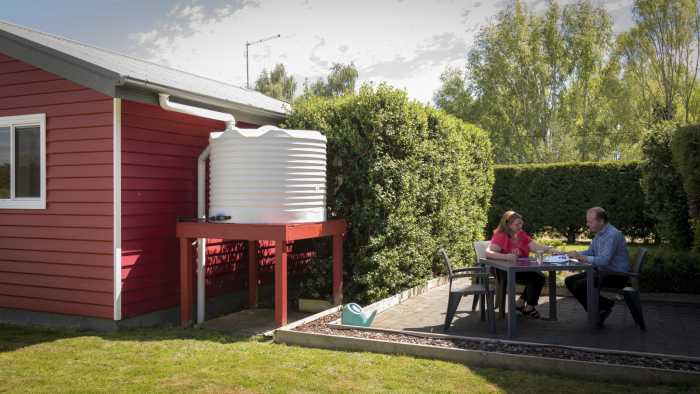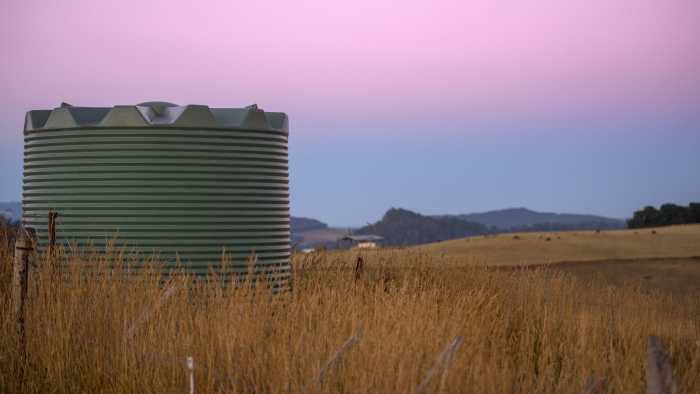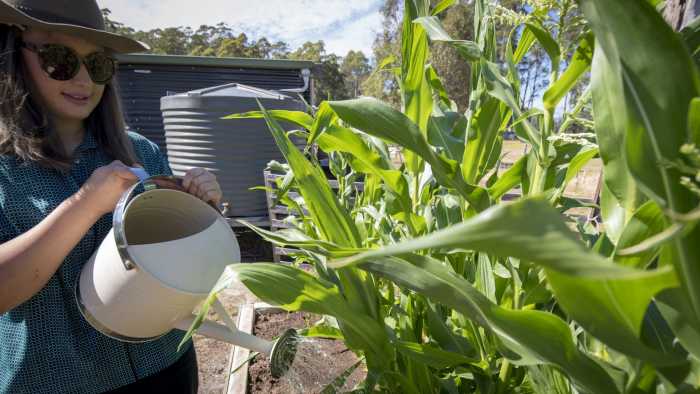28 September 2022
Rainwater Harvesting for Gardening
Water is far from a boundless resource – while 74 per cent of the planet's water is tied up in the polar ice caps, groundwater accounts for another 25 per cent, leaving only 1 per cent of freshwater to be found in lakes, rivers, air, and soil. Groundwater resources are seriously declining because of population growth, pollution, and drought.
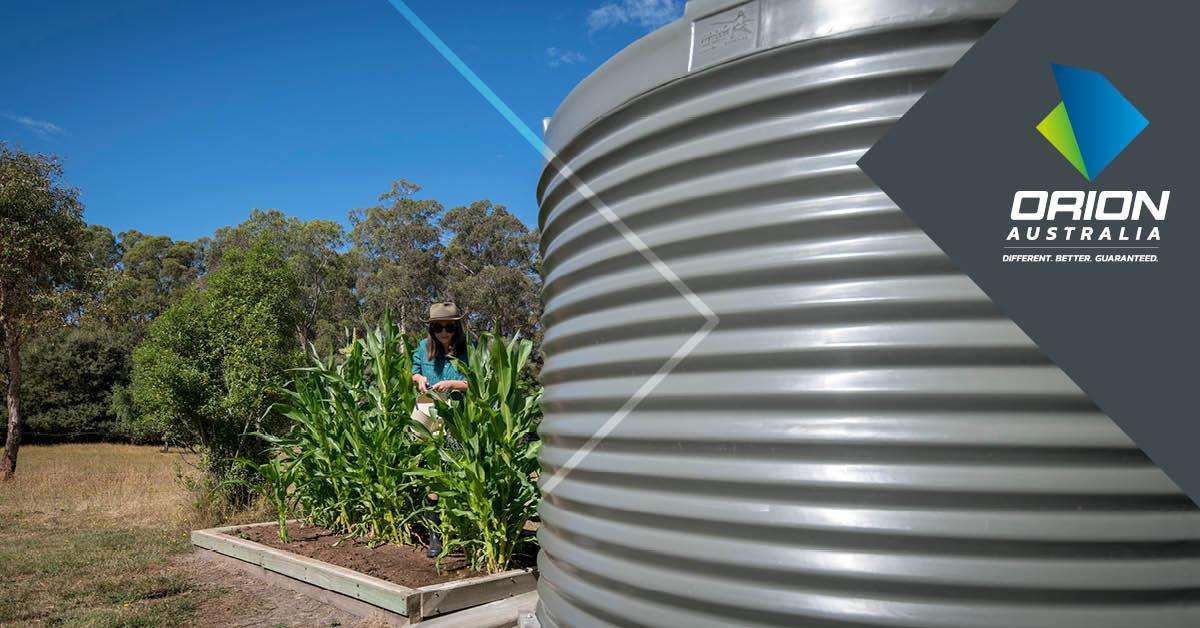
Domestic rainwater harvesting is a growing trend. By reusing harvested rainwater in yards and gardens, you can play a key role in conserving freshwater and energy, reducing water pollution and reliance on municipal or mains water. Using clean rainwater is a step toward an eco-friendly and sustainable lifestyle and will help you save money - it will reduce or remove the need to use mains water to irrigate your garden. These minor changes in your everyday life can help to lower your carbon footprint.
The use of tap water on our plants has raised questions – apparently, in some instances levels of chlorine, fluoride and other compounds in most tap water can stop plants from effectively taking up nitrogen. Rainwater for plants is undoubtedly the best way of hydrating flora. Rainwater that has been exposed to lightning is particularly beneficial – it usually has higher levels of nitrogen and ammonium that are transformed into available supplies by beneficial microbes, bacteria and fungi for easy uptake by plant roots.
Why do your thirsty plants love to be doused in clean rainwater?
1. Rainwater is 100% soft water, hence, safe for plants.
Rainwater is pure hydration and free of residues that inhibits plant growth - salts, minerals, treatment chemicals or pharmaceuticals that are found in tap water or any other pollutants associated with ground and surface water.
2. Stored rainwater contains beneficial micro-nutrients.
Rainwater contains traces of organic material – the beauty of nature is that the rainwater washes down the dust and frees the nutrients and minerals to soak the soil, so the roots easily absorb them. Nitrogen is the key component responsible for plant health and micro-nutrients in rainwater are the most useful form of nitrogen that helps foster plant growth and to grow greener.
Rainwater is easy to access and store. At its most basic, water collection starts with rainwater tanks capable of catching and holding water that you can not only use for watering your plants but also for other household chores.
A rainwater tank hosts beneficial biology to keep the water alive – it’s like a light application of fertilizer every time you water your plants. Rainwater that has been collected is typically soft, meaning free of several toxins and man-made impurities and slightly acidic which is excellent for nutrient uptake by plants. Also, salt accumulation in plants and soil can be flushed out with gathered water. Rainwater from rainwater tanks usually is stored at a good temperature to use in the garden serving as a much-needed thermal mass.
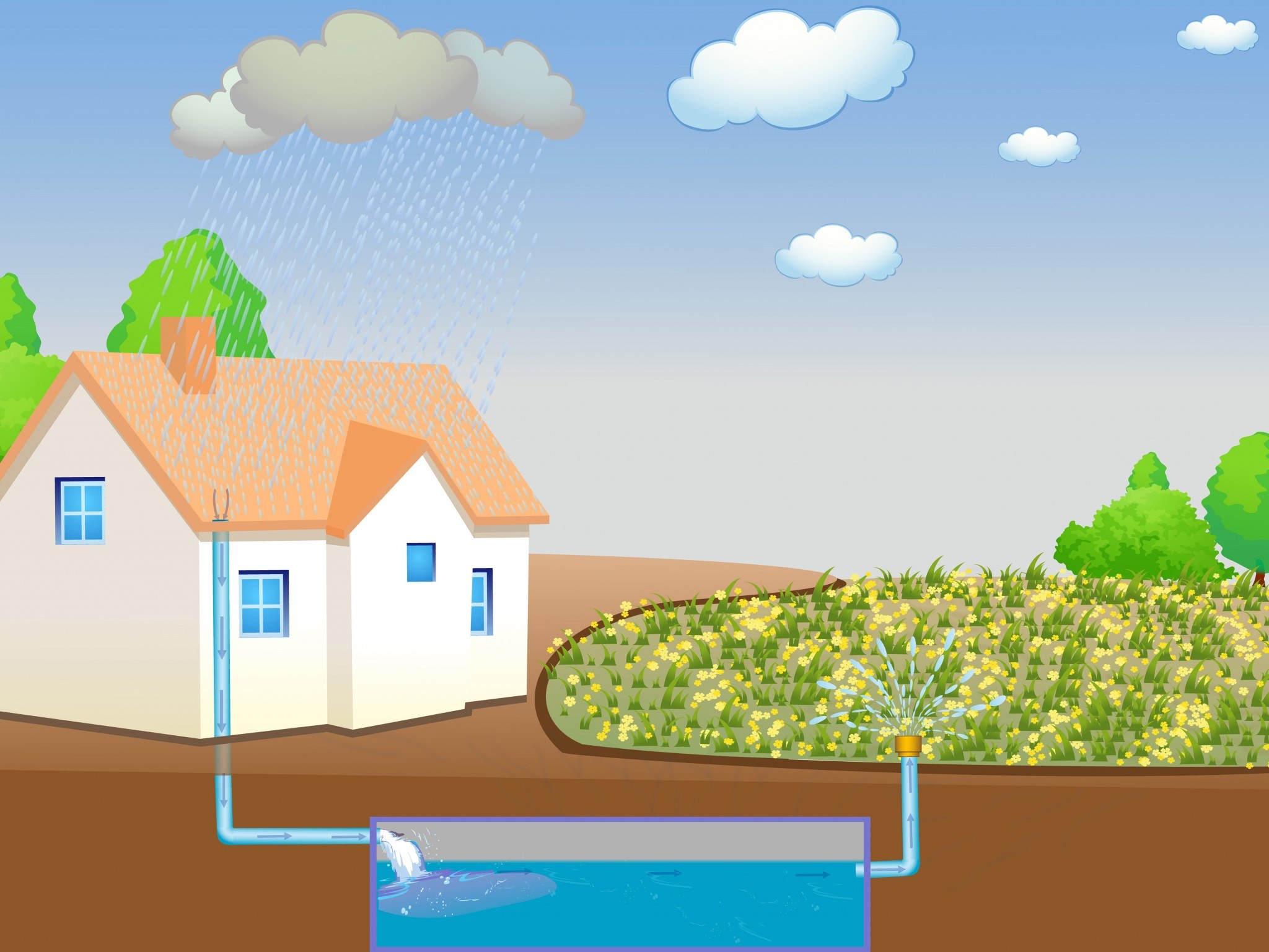
Orion Australia has a large range of innovative products for Rainwater Harvesting. From the tiny 160L to the huge 26,000L capacity, there is sure to be one that suits you.
A self-sufficient, easy-to-implement, and virtually maintenance-free solution!
Plant health is just one of the many benefits of harvesting rainwater. Click here for a handful of other great reasons to harvest rainwater!
